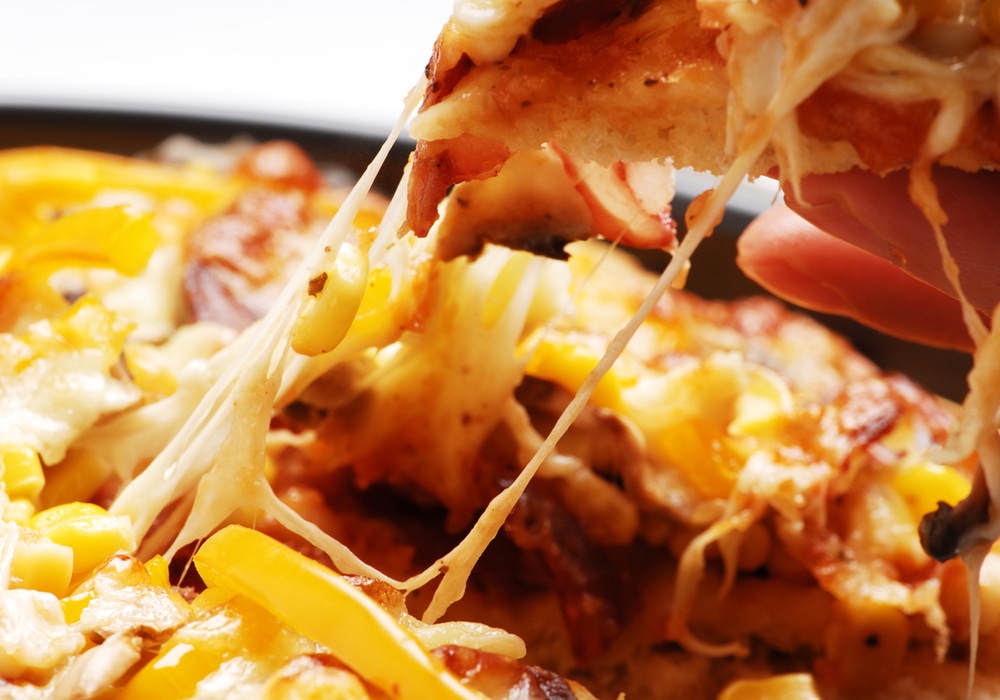It's probably no surprise that kids, used to food in fast food restaurants, school cafeterias or out of a package, don’t particularly care for fruits and vegetables. But what if a professionally-trained chef prepared healthy foods for them? Would they be more inclined to eat them?
Probably. In fact, who wouldn't like vegetables more if Eric Ripert, Bobby Flay, or Alice Waters prepared them? A group from Harvard's T.H. Chan School of Public Health put this idea to a test.
Almost 100,000 schools serve meals to nearly 32 million US children every day. For many children, these meals provide the majority of their daily calories. So it's important to make sure students eat these meals — for their nutritional well-being as well as their academic performance.
The researchers were looking for the best way to improve kids' school cafeterias choices. They compared how kids ate in cafeterias where professional chefs collaborated on recipes with those using what's called a “smart café” approach in which changes in the cafeteria set-up are designed to encourage kids to eat better.Improving the quality and taste of the food by having a chef to work with the entire school district...had a positive impact on students' consumption.
For example, a smart café might put the white milk in front of the chocolate milk, or place the healthy foods like salads at the front of the cafeteria line, so kids choose them before being faced with less healthy foods.
Fourteen elementary and middle schools located in two urban, low-income school districts participated in the study that included 2,600 students in grades three through eight. Some schools received weekly training and recipe design from a professional chef. Other schools had smart cafés. Control schools had no intervention.
Students in schools with chefs were 20 percent more likely than students in schools with no intervention to put a fruit on their tray and 30 percent more likely to choose a vegetable. Even more importantly, the amount of fruits and vegetables they actually ate increased by similar percentages. It did take seven months for this change to occur which shows the power of persistence when trying to get kids to eat fruits and vegetables.
Students in schools with smart cafés chose more fruits and vegetables, but didn’t always eat them. There was also no improvement in the choice of white over chocolate milk, even with the strategic placing. And those schools that combined the smart café approach with the chef intervention did only slightly better at choosing fruits and vegetables than the schools that just had the chef.
“The results highlight the importance of focusing on the palatability of school meals. Partnerships with chefs can lead to substantial improvements in the quality of school meals and can be an economically feasible option for schools. Additionally, this study shows that schools should not abandon healthier foods if they are initially met with resistance by students,” lead author, Juliana Cohen, from the Department of Nutrition at Harvard, said in a statement.
Improving the quality and taste of the food by having a chef work with the entire school district to train employees and design better tasting foods within the economic constraints of the budget had more impact on students' consumption than did the marketing techniques used by smart cafes, senior author, Eric Rimm, pointed out.
Putting more effort into making school food taste good to kids is something every school district should strive to accomplish. After all, what is the purpose of providing food that meets dietary guidelines and stays within budget if kids don't eat most of it?
The study is published in JAMA Pediatrics.




